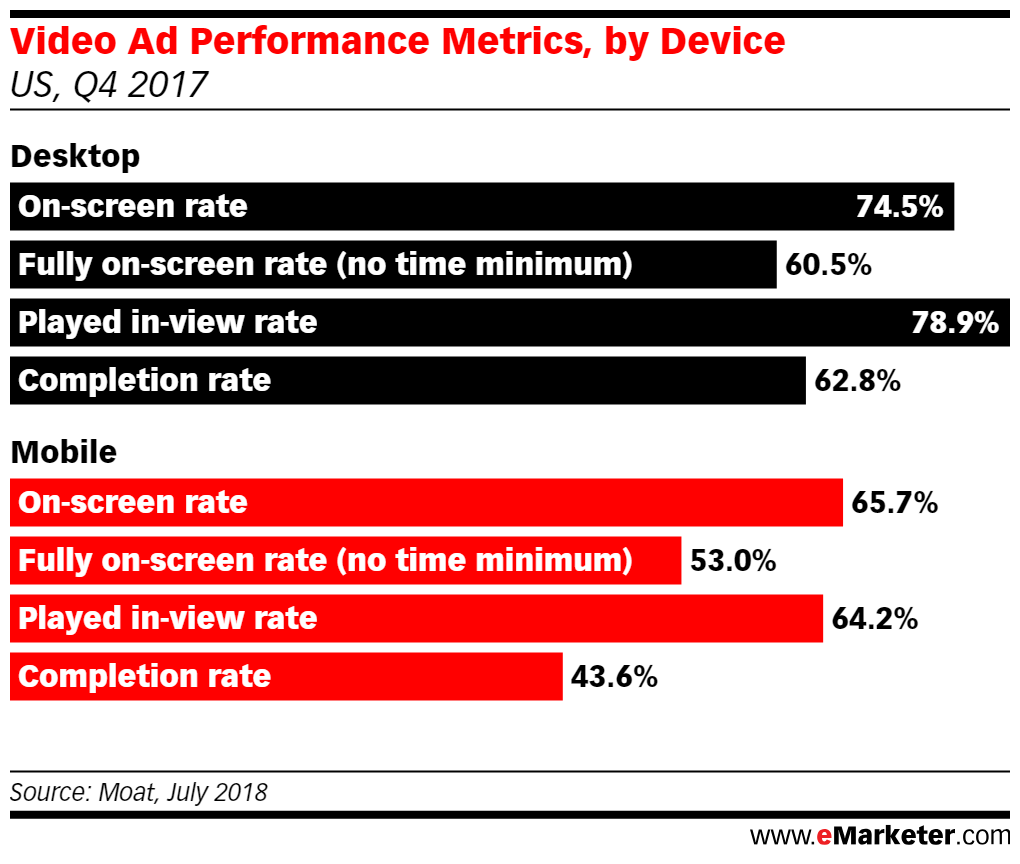
The Advantages of Digital Video Advertising for Healthcare Information and Technology Marketers
How do you reach buyers and stakeholders whose time is often consumed by literal life or death situations? That’s the challenge of marketing in the healthcare information and technology space. For marketers searching for avenues to engage their buyers in this sector, digital video advertising is garnering more and more attention as a potential solution.
Among general marketers, research from Strategy Analytics shows that digital video advertising has the fastest estimated compounding annual growth rate (CAGR) of any medium for ad spend. In 2018, digital video advertising spend is estimated at $30 billion. By 2023, it will jump to $51 billion.
Anticipating this emerging opportunity in digital video advertising, HIMSS Media launched its own dedicated HIMSS TV channel last year to serve as a relevant, value-oriented video network for healthcare information and technology content.
Admittedly, within HIMSSTV, there are opportunities for our customers to sponsor digital video ads. While, of course, we wouldn’t mind if interest in digital video advertising prompted readers to consider some HIMSS TV options, the channel has given us a unique perspective on video advertising for healthcare information and technology professionals.
What We’ve Learned About Digital Video Advertising in the Healthcare Information and Technology Industry:
Based on our experiences with HIMSS TV, we see the following 4 items as key opportunities for maximizing the impact of healthcare information and technology advertising investments via digital video:
1. Digital Video Ads Land in Relevant, Viewer-Receptive Channels:
Healthcare information and technology professionals work odd hours. They practice rigorous research-backed decision-making. Ideally (for their own health) they even maintain a fair work-life balance to ensure peak effectiveness. For these hard-to-reach professionals, digital video advertising lands in an environment – on work phones, laptops, workstations, or tablets – where research and general operations are already occurring. It’s a constructive introduction where work or research is already happening, vs. a disruption on personal time.

2. Digital Video Ads Iterate on a Proven Formula for Marketing Engagement:
In the previously noted Strategy Analytics study, while digital video advertising is the fastest growing medium for ad spend, TV has been dominating overall wallet-share, devouring an estimated $195 billion in 2018, and 210 billion by 2023. Digital video advertising captures the tried-and-true engagement model of TV advertising, but in a more work-relevant distribution channel.
3. Digital Video Ads Offer Behavioral Insights and Assurances of Appearances:
As shown in the highlighted chart from eMarketer, insights for mobile and desktop behaviors are readily available -- on-screen rate meaning how often ads appear, for example, and completion rate being how many served ads are viewed to completion. In the benchmarks themselves, we also see the favorable performance benchmarks of digital ads as well.
4. Video Ads Top All Digital Mediums in Driving Conversions:
Data compiled by invesp estimates the average conversion rate for digital video ads at 1.84%, making it the most effective ad type at driving clicks. This makes sense as it engages on a visual, audio, and if there’s captions or transcripts, textual level. Effective marketing communications provide the answers or insights people are looking for in the mediums or channels people prefer.
In terms of bringing everything together to drive effective engagements in the healthcare information and technology space and beyond, video covers all bases.
For more on digital video advertising opportunities with HIMSS TV, click here.
